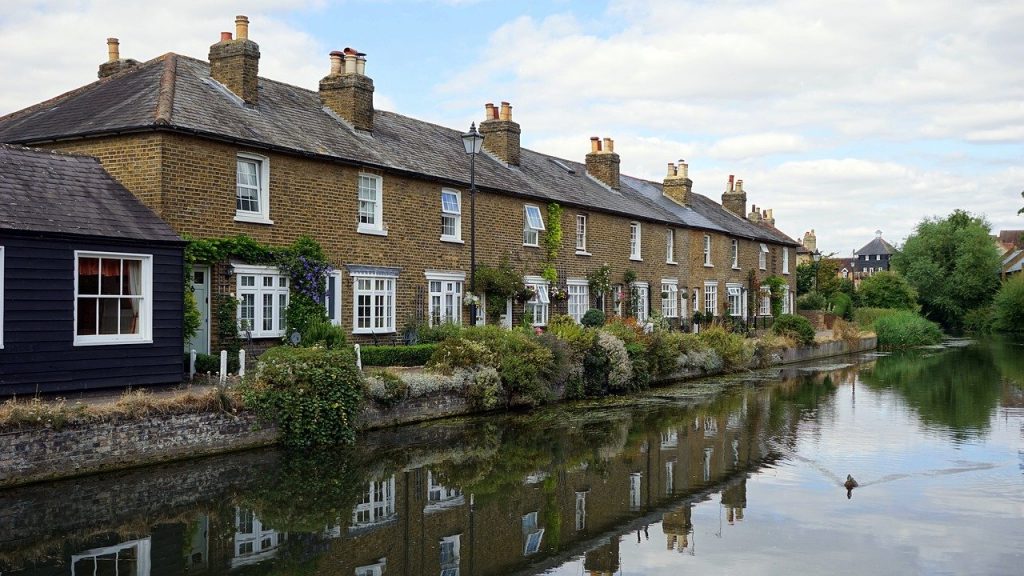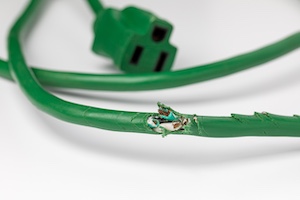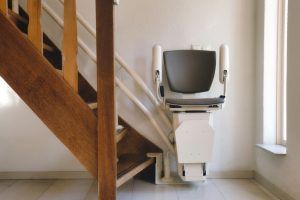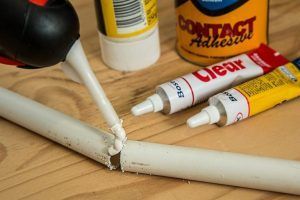Homes in the UK are built to stay warm during our colder weather (which, let’s face it, is the default weather pattern here) – but the cost of that means when we get struck by a blaze of sunny weather, it’s easy for our homes to overheat.
As climate change inevitably brings about weirder weather (heat waves in March, anyone?) and hotter summers, how to keep your home cooler is a question that will be on everyone’s minds.
Investing in air conditioning and fans is the obvious way to cool your home, but doing so can really ramp up your electricity bill – something most people are already struggling with since April’s price cap increase. Fortunately, there are a number of simple DIY techniques that can achieve a similar effect without significant expense.
These easy methods to cool your home require no heavy machinery and will help you conquer the heat through the power of science.
1. Manipulate the Airflow
On a stiflingly hot day, it’s tempting to fling open as many windows as you can and hope for a delicious cool breeze, but being more strategic about when and where you open your windows can ensure you turn the physics of airflow to your advantage. For example, opening windows when the air outside is cooler, such as during the morning and evening hours, will let the cooler air into your home and serve as a form of natural ventilation.
You can also take advantage of the fact that hot air rises. Determine which side of your home is cooler (the side with more trees providing shade, for example) and open the downstairs windows on that side and the upstairs windows on the opposite side. You’ve now effectively turned your home into an air-cooling system.
2. Manipulate the Sunlight
Another good way to keep your home cool in summer is by keeping sunlight to a minimum. The easiest way to do this is to close all the blinds, but if you’d rather avoid feeling like you’re on the run from the law, there are a few other methods you can use.
For example, try covering your windows with removable film, which will prevent some of the Ultra-Violet rays from getting through without blocking all the light. The film can easily be taken off in the winter when you want the extra light and heat. Awnings and terrace covers will also help reduce the amount of sunlight hitting your windows without affecting visibility too much.
Shielding your roof from the sunlight is also important. Special reflective paint, or painting your roof with lighter colours, can be very effective in protecting both your roof and your windows.
3. Create a Cold Breeze
Did you know that you can make your own mini aircon device by using just a bowl of ice and a fan? Stack a mixing bowl with ice and place it in front of your fan. The ice chills the air being blown by the fan. The folks who suggested this method claim that it reduced their air conditioner’s workload by 50%.
Alternatively, you could also use a frozen bottle of water or a cool, damp towel placed in front of your fan for the same effect.
4. Run Ceiling Fans Counterclockwise
There’s a reason most ceiling fans have clockwise and counterclockwise settings; each setting is optimal in certain seasons.
In summer, you’ll want to have the fan running counterclockwise at high speed, as this creates a breeze effect, as opposed to the clockwise effect, which forces warm air down.
5. Cook Outside
It’s common sense, but using an oven or stove creates more heat in your home. Since the weather is good, you might as well get out the grill and take advantage of warm summer evenings.
6. Turn Off the Boiler
Hot weather means you need less hot water. A water heating system naturally generates more heat in the home, so try to avoid turning on your hot water boiler for more than a couple of hours each day.
It’s also a good idea to get your boiler serviced towards the end of summer to ensure any faults are fixed before you really need it when the weather turns again.
7. Change the Lighting
If you’re still using incandescent light bulbs, you finally have a strong incentive to make the switch to energy-efficient bulbs. Ninety per cent of the energy from incandescent bulbs gets converted into heat.
Switching to compact fluorescent lamps (CFL) will keep your home cooler and make it more energy-efficient at the same time.
8. Change Your Bedding
If you use fleece on your bedding, now’s the time to switch to cotton or silk sheets. You might also want to consider investing in some chillows; special pillows designed to stay cool that can be used on both your beds and living room furniture. If you haven’t already switched to a summer (lower tog) duvet, now’s a good time to do that, too.
You might also want to cut down on your soft furnishings in the summer – take blankets off the sofa, remove a couple of throw cushions from the armchair, and even consider rolling up your rug if you have wooden floors.
9. Improve Your Insulation
A little home maintenance will benefit you in a number of ways, with improved cooling being just one of them. Fixing air leaks by checking your home’s insulation makes it easier to control the temperature in your home without having to rely on heating or cooling mechanisms to rectify the imbalance.
For the price of sealing off a few leaks, you’ll significantly reduce the workload placed on your home cooling appliances.
Protect your home from accidents such as floods, fire, and natural disasters, as well as theft and vandalism, with home insurance from Surewise.








